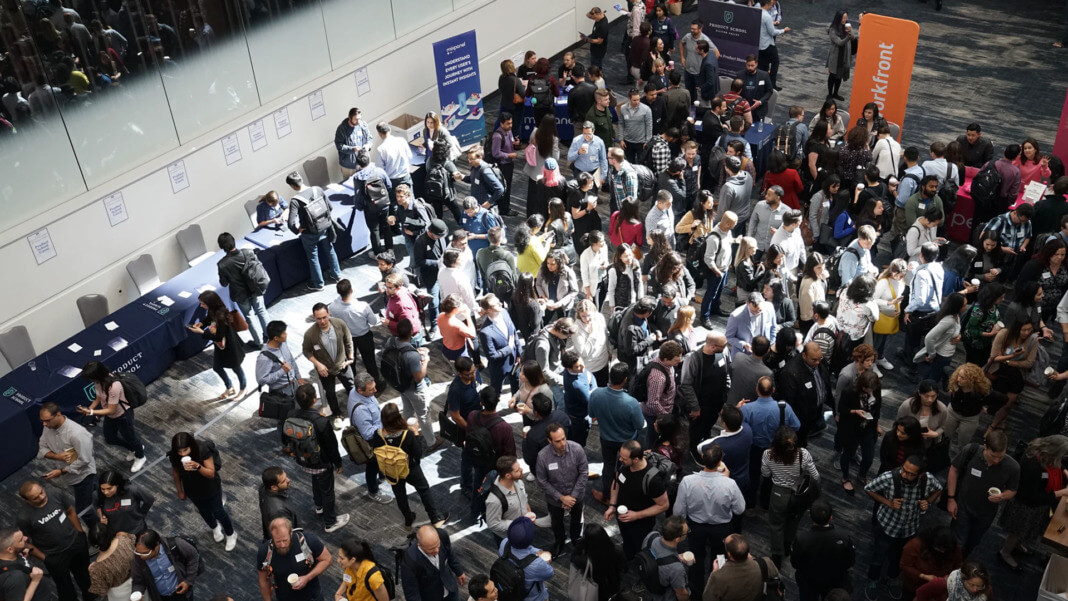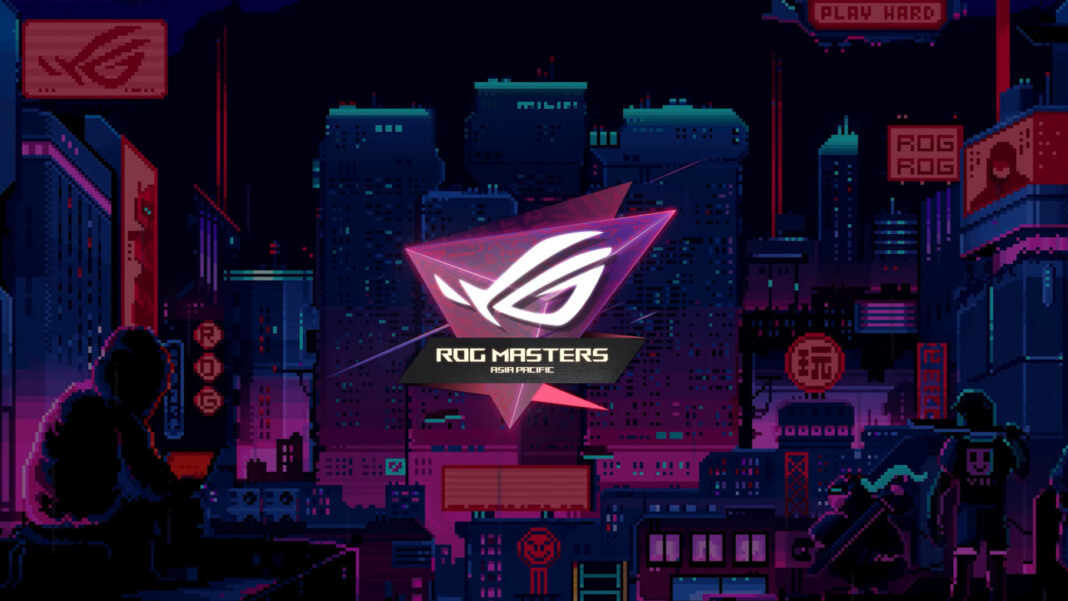Have you heard of holographic projection? The technology creates a highly realistic representation of real objects or people using normal video projection, which audiences can view without gadgets or glasses. In the wake of COVID-19, this technology proves to be one of the rising trends organizers are looking out for to ensure that event still goes on smoothly with travel restrictions worldwide. The use of technology in the event industry is the driving force behind the most recent advances. Studies have shown that using event technology can increase attendance by 20% and increase productivity by 27%. Knowing technology trends and adopting valuable ones gives event planners a competitive edge in their industry.
Breaking down language barriers
Accessibility should be a priority in the event industry. Hence, to connect to a broader audience from all over the world, there should be a need to ensure that the language barrier is not an obstacle to make the industry richer. One start-up called, Interprefy aims to change that. It is a cloud-based platform for real-time simultaneous video interpreting. The platform allows events to make use of language service providers’ services to supply video interpreting for any language combination at any event. It has recently partnered with Singapore-based event technology provider GlobalSign to assist companies in expanding their global audiences for digital events. This remote option can help your event’s translating needs while saving on space, costs.
Enhanced security using facial recognition
Facial recognition technology is one that uses distinguishable facial features to identify the person. One of the advantages of this technology is safety and security. In the event of thousands of attendees, it is a challenge to pinpoint every minor detail. Therefore, it serves as a loophole for criminals to get through. The ability to analyze visual data and millions of images and videos stores data into a facial recognition database to determine attendees’ identity. For example, musician Taylor Swift used it to identify if her known stalkers were granted access to her Rose Bowl concert in May 2018. Furthermore, facial recognition technology can lower manpower requirements and lower costs as it allows automation at different access points. Hence, this technology can enable event planners to look out for crowd flood bottlenecks and collect session attendance data to improve their future events.
Using of wearable techs
Wearable techs use near-field communication (NFC) chips to keep disruption and lines to a minimum, thereby engaging the attendees and allows them to have a seamless event experience. One example was the Hilton America’s Leadership Conference in 2017. Held biannually, the organizers thought it is crucial to unite the attendees to interact and have an enhanced experience. They introduced wristbands that encourage the audience to connect, earn points, and purchase items from their points. It proves to be a success as over 90% of the attendees wore the wristband and networking enthusiastically. Actual data was able to support the types of engagements made by the attendees. This provides feedback for organizers on things they can improve on for the next event. With its precise tracking of attendees measured with the tag, it also provides the convenience to alert organizers on the booths that have less foot traffic and, therefore, direct attendees to the booth.
VR in event industry
Virtual Reality (VR) is in high demand in the event industry. According to a survey, about 88% of the event organizers planned to use VR solution. With the use of VR, it aims to give attendees a wholesome and unforgettable experience. The Coachella Music Festival launched a VR app before the event to allows attendees to view the 360-degree photo from the previous year, interviews from artists performing for the event, and take a tour from event grounds. This gives attendees the anticipation and excitement for the real event.
Another example would be a VR experience by the FX Network to promote their show American Horror Story. Audiences were brought to a dome where they are being told to lie on a bed with a sheet covering over them. A headset and headphones were fitted to tap on the user’s fear and introduction of character across multiple American Horror Story series in a 5-minutes video. With over 1000 people participated in the experience, the four-day event garnered a total of 137MM social media impressions and an additional 32MM. This shows how VR can promote and enhance the experience.
Event technology will evolve the industry
The few technologies mentioned above are only some of the many technologies on the rise. Event technology has shown its capability to make the event more engaging and dynamics in many innovative ways. Organizers need to be far-sighted and see the rising potential of many other event technologies to boost attendees’ experience. It is becoming more critical when looking to measure an event’s return on investment (ROI).





